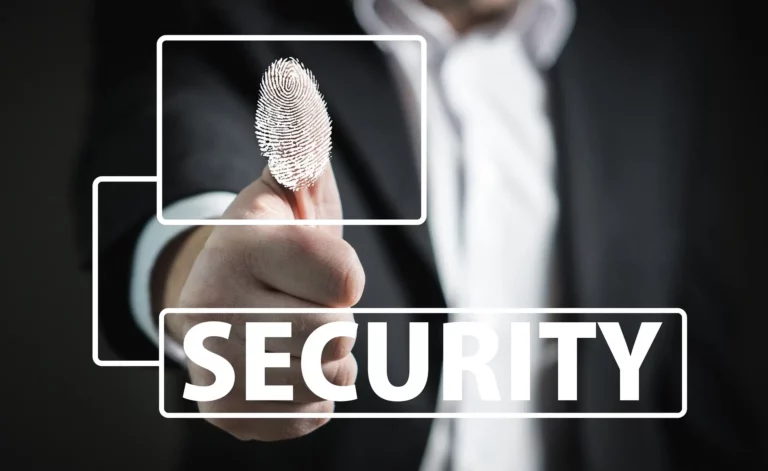- Add the Device to the Company Domain
Start by adding your laptop to the company’s domain, which will allow centralized management of the device. This step is important for ensuring that the laptop adheres to the company’s security policies and configurations. Also, integrate the device into the inventory tracking system to monitor its status, location, and any assigned users.
- Disable Local Administrators
Ensure that local administrators are disabled to prevent unauthorized access and modifications to the system settings. Draft clear and concise equipment-use agreements that outline the responsibilities and acceptable use of the company laptop.
- Set Up Folders that Sync
Create folders that automatically sync with the company’s servers or cloud storage. This will save you from manually backing up all the important files. Also, even if you forget to back up any folder, the automatic syncing will do it for you so every authorized personnel can access it anytime.
- Install a Reliable VPN
Whether you are working from the same region as the company or not, a good VPN can save you from a lot of inconveniences during work. So, install a reliable VPN to secure your internet connection and protect sensitive data from potential threats, especially when using unsecured networks.
- Automate Laptop Setup and Instal Remote Desktop Software
Utilize automation tools to streamline the laptop setup process, installing necessary software and configuring settings efficiently. Install remote desktop software to enable remote access to the laptop, allowing IT support to assist with troubleshooting and software installation when needed.
- Schedule System Updates
Most operating systems offer options to automate the update process. Navigate to the system settings and enable automatic updates to ensure that your laptop receives the latest security patches and feature enhancements without requiring manual intervention.
When updates are available, prioritize them based on urgency and importance. Security updates should be installed promptly to protect against vulnerabilities, while other updates can be scheduled at convenient times to avoid disruptions during work hours.
Don’t forget to regularly check the update history to ensure that updates are being installed successfully. If any updates fail, troubleshoot and resolve the issues promptly to maintain a secure and stable system.
- Add Password Screensavers
It is also advised to add password-protected screensavers to secure the laptop when it is left unattended. Set a short timeout period for the screensaver to activate when the laptop is left unattended. A shorter timeout period enhances security by reducing the window of opportunity for unauthorized access.
When configuring password protection, choose a strong, unique password that combines letters, numbers, and special characters. Avoid using easily guessable passwords such as “password123” or “admin.”
- Choose an Antivirus Program
Opt for a reputable antivirus software that offers comprehensive protection against various threats, including malware, ransomware, and phishing attacks.
Regularly update the antivirus software to ensure it can detect and protect against the latest threats. Most antivirus programs offer automatic update options; make sure this feature is enabled.
You can also schedule regular scans to detect and remove any threats promptly. Regular scanning helps in maintaining a secure and stable system.
- Encrypt HDD
Encrypting your HDD is a vital step in securing your data, and adding privacy screens and webcam covers enhances your privacy and security while working remotely. Here is how to Encrypt HDD:
- Use Built-in Encryption Tools: Most operating systems offer built-in tools for encrypting HDD, such as BitLocker for Windows and FileVault for macOS. Enable these tools to secure your data.
- Set Strong Passwords: When encrypting your HDD, choose a strong and unique password to prevent unauthorized access. A combination of letters, numbers, and special characters is recommended.
- Store Passwords Securely: Keep the encryption passwords in a secure and accessible location, such as a password manager, to avoid losing access to your data.
- Add Privacy Screens and Webcam Covers
Privacy screens protect sensitive information on your screen from unauthorized viewers, which is crucial when working in shared or public spaces. Whereas webcam covers prevent potential spying and unauthorized access to your laptop’s camera. They also secure your personal space against cyber threats.
These tools help you look professional by preventing accidental sharing of information during online meetings and also make sure you follow your company’s rules about keeping information safe. They give you peace of mind and let you concentrate on your work in a secure environment.
- Enable Two-Factor Authentication
Two-factor authentication (2FA) adds an extra layer of security to your accounts by requiring two forms of identification before granting access. You can enable 2FA by either of the following two methods:
- Set Up 2FA on Important Accounts: Enable two-factor authentication on all accounts that offer this feature, especially email and cloud storage accounts, to enhance security.
- Use Authenticator Apps: Consider using authenticator apps like Google Authenticator or Microsoft Authenticator, which generate time-sensitive codes as a second form of authentication, adding an extra layer of protection.

